ARAI organised the 18th SIAT 2024. Deven Lad and Prajakta Chavan highlight the progressive mobility developments.
The apex Research and Development (R&D) organisation, Automotive Research Association of India (ARAI) organised the 18th edition of its flagship biennial symposium at the Pune International Exhibition and Convention Centre (PIECC) in Moshi. Moving out of the Oxford Golf course venue, over 1500 automobile technocrats descended at the new venue for the symposium. There were 48 technical meetings, eight of which were held in parallel to give a sense of scale, wherein technical experts from nine nations showcased their research findings. Furthermore, a panel discussion and three plenary sessions centred around the theme of SIAT 2024 were held.
The first day of SIAT 2024 set the tone through ceremonial inaugurations and thought-provoking talks by Dr Mahendra Nath Pandey, Minister of Heavy Industries (MHI), and Guest of Honour Dr Hanif Qureshi, Additional Secretary, MHI, among other heavyweights. In a testimony to collaboration being the way forward for the stakeholders, a Memorandum of Understanding (MoU) was signed with Cenex on defining shared technical standards to ease the trade of zero-emission transportation systems. The changing automotive sector will need trained manpower, opined Dr Pandey, while he was addressing (virtually) the inaugural session. Dr Pandey unveiled new facilities and presided over the ceremonial laying of the foundation stone for upgraded labs.
The new facilities included an Advanced NVH Development Centre, Advanced Accelerated Sled Lab, Advanced Photometry Laboratory, Foundation Stone Laying of ADAS, Cylinder Testing, and High Energy Impact Testing facilities at Mobility Research Centre (MRC), Takawe. The establishment of these facilities, which would aid in the growth of the Indian automobile sector, will cost about Rs.146 crore. A live Advanced Driver Assistance Systems (ADAS) demonstration area, a Medium Small Scale And Start-Up Pavilion (MSSSP), and a futuristic technology pavilion were also featured. Enhancements to the overall experience included the specialist MSS Zone, the presence of over 330 vendors, over 30 start-ups, and a turnout of over 2000 individuals.
Convinced that the discussions during such symposiums not only benefit the Indian automotive industry but also provide valuable insights into the global auto sector. He spoke of government interventions that were a win-win. “While the auto industry grows in India with a phenomenal speed, our government is focusing on fuel efficiency, security, road safety, and reduction in carbon emission. The new education policy encourages skill development and so does our Ministry. The success of the 26,000 crore PLI scheme is evident now, where we are now able to develop and source almost 50 per cent parts locally,” Dr Pandey averred.
Speaking on the occasion, Dr Qureshi, echoed a similar sentiment. He expressed, “While we are marching towards Prime Minster’s vision of making India a developed country by 2047, the Auto Industry will have a significant role to play. India has emerged as the automotive powerhouse and the world is looking at it.” He drew attention to nearly seven per cent of India’s GDP attributed to the automotive sector and projected it to grow substantially in the years to come. The growth potential of the Auto Industry is huge in India because only 8 per cent of households have automobiles. Thus, we have a long way to go, he quipped stating that the use of advanced technologies will define the future and the combined focus on lowering costs, providing more features, lowering fuel costs, and achieving a high level of consumer satisfaction will ensure the industry thrives. He opined that the foreseen needs of mobility in India meant that the testing and certification agencies are required to strengthen themselves. Especially, when we expect a sea change in vehicles on alternate fuels and electricity. The EV Industry is growing by a CAGR of ~ 49 per cent. In FY2022-23, only one per cent of the passenger cars sold were electric. The number of electric cars sold was just 48,000. Whereas there was a wide acceptability for electric two-wheelers and almost seven lakh two-wheelers were sold in the same period.
Referring to the measures in the last budget and lauding them for having created new opportunities for auto testing and certification companies in India, including permitting foreign automobile manufacturers to test and validate their vehicles in India without paying any duty.
Among standout tier 1 suppliers, American component supplier BorgWarner India showcased its latest electrification products. The company displayed high-voltage drivetrain innovation including e-motors, inverters, drive modules, and battery systems, advanced thermal management products, including high-voltage eFans as well as air and coolant heaters.
For instance, the latest 800V inverter utilises Viper silicon carbide power modules, which improve conduction and minimise switching losses by up to 70 per cent compared to silicon-based technology. The business describes the high-voltage hairpin eMotor HVH320 as a strong and long-lasting electric motor/generator for use in on- or off-highway commercial vehicles, as well as other high-powered applications. It is claimed to have a high power density and a peak efficiency of more than 97 per cent. BorgWarner’s integrated drive module iDM220 is a modular platform that may be customised for specific purposes. It meets the power requirements of 150 to 250 kW in 400V systems and up to 500 kW in 800V.
Schaeffler India, a motion technology company, demonstrated its most recent innovations in transmission systems, lifetime solutions, fuel cell and clutch technology. The latest fuel cell developments from Schaeffler were on display. These engines are claimed to offer a clean and effective alternative to traditional internal combustion engines. The fuel cell systems manufactured by the company are intended for use in buses, commercial vehicles, and passenger cars, among other applications. Advanced clutch and transmission systems from Schaeffler were also on display; these systems are meant to improve performance and fuel efficiency.
German manufacturer Bosch presented the hydrogen-fueled internal combustion engine for trucks at the show. In the heavy-duty segment, H2 engines are likely to be preferred. It is Bosch India’s goal to enable H2E technology for long-haul trucks with the right products, services, and infrastructure.
Exhibitors like OEM Tata Motors showcased the Tata Starbus Fuel Cell EV, positioned as the country’s first hydrogen fuel cell bus designed and developed inhouse. It is a state-of-the-art mass mobility solution for urban transport. Fuel cell buses meet the requirements for cleaner public vehicles due to their zero-emissions and noiseless operation. Urban Sphere presented ‘Ivoryline’, a nine metre electric bus inspired by Navagraha design philosophy (Guruvara Vahana or Elephant) and powered by MULA (Moduler Unified Ladder Architecture). The makers from Bengaluru claim that this bus has found prospective customers from Southeast Asia and Africa.
The simulation took centre stage
A thorough gathering of all simulation software companies in a single venue. Visitors saw the latest software products in action, answered questions, and conveniently assessed all competitors in one area. Siemens presented simulation software and testing solutions which provide the capabilities needed to build and maintain a digital twin. It combines multidisciplinary design exploration, engineering simulation and test with intelligent reporting and data analytic to help you predict actual product behaviour. Companies like Aisin, FEV, Fluke, Panatech Asia, Dewesoft India, Emitech , Altair, Henkel, Vector, etc were also showcasing their products.
CASE
A staggering variety of cutting-edge technologies, including advanced safety systems and electric and autonomous vehicles were on display at the exhibition. One of the highlights was the inclusion of autonomous technology, which indicates a time when cars serve as smart, connected environments in addition to being modes of transportation. In addition to the cars, the exhibition featured a range of interesting exhibits and interactive displays. This year, the expo was a memorable experience because of the convergence of innovative technologies, eco-friendly business practices, and a common dedication to creating a better automotive future. The expo gave industry leaders, enthusiasts, and innovators a valuable platform for networking and collaboration.
High priority safe mobility
Concerned with the increasing number of road accidents and fatalities, experts from the automotive sector elaborated on ‘Safe Mobility’ during the plenary session. Advanced technologies, tighter regulations, policy framework, training, and education of drivers. Though paramount and a high-priority issue, ‘Safe Mobility’ remains a multi-stake issue, as shared by the speakers at the session. Prominent speakers namely Naresh Kulkarni, Deputy General Manager at Mercedes-Benz Research and Development, Dr. K Subramanian, Senior Vice President at Ashok Leyland; Goncal Tejera, Head of Passive Safety Applus+IDIADA and Dr. Rasdhmi Urdhwardeshe, former director of the ARAI discussed elaborately on the Road Safety Issue, and the role of future technologies to reduce the road fatalities. “Current data reveals that there are still 1.3 million road fatalities taking place on the Indian roads. Thus, to bring the change we need to look at multiple stakeholders which would play a futuristic role to achieve ‘Safe Mobility’ solutions. First is technology, this is where Mercedes Benz plays a huge role. Safety is at our core value and we have around 80 years of experience. We have a state-of-the-art team to study the accidents and causes behind them,” claimed Kulkarni, while explaining the process of safety testing at Mercedes Benz.
Along with luxury cars, ‘Safe Mobility’ is highly prioritised by commercial vehicle auto makers, as they demanded stringent norms, government intervention, retraining for drivers, and policy framework to make the road commute safer. “Safety is beyond electronics and sensors. Materials play a huge role in case of a crash in absorbing the energy of a crash. There is a flame retardant material, and tyre monitoring system that even acts as a lifesaver. We wish data analytic was further used to gauge tyre conditions, it’s about using intelligence to pre-empt and prevent accidents. Ashok Leyland makes commercial vehicles and we are thinking of converting a huge number. We are working on ADAS in an Indian context like detecting potholes, detecting speed breakers, and so on,” shared Dr Subramanian, Senior Vice President at Ashok Leyland.
Fast-charging batteries and alternative fuel technology
In a bid to provide solutions to the futuristic needs of the automotive sector, some futuristic solutions were showcased by ARAI at SIAT 2024, Pune. The prominent features were fast charging systems for electric heavy commercial vehicles like trucks and buses, specially made battery management systems for skilling and training purposes, and the hydrogen pavilion. With the use of EVs growing, ARAI is in the advanced stages of developing the Overhead Automated Charging Device (OHACD). These charges of about 600 kW capacity would charge the vehicle from zero-80 per cent in just 25 minutes. The time taken by the current 100 kW charger to charge the passenger car is about four hours. The OHACD technology will be introduced to the market in the next one to one and a half years, stated Abhijit Mulay, Deputy Director of ARAI.
S. Thipse, Senior Deputy Director of ARAI batted for Hydrogen as a clean fuel and the fuel of the future. So, ARAI has showcased the latest technology in hydrogen vehicles through a dedicated pavilion this year. The latest in hydrogen fuel technology including the H2 Fuel Cell Bus, H2 IC Engine, H2 Type4 Cylinder, H2 Fuel Kit, and H2 ICE Truck were displayed. ARAI is developing the testing and certification model for hydrogen-powered vehicles and their components. It is also in the advanced stages of developing a hydrogen-powered engine which will be BSVI-compliant. Similarly, the industry leaders displayed future and after-treatment solutions to bring down the carbon emissions level in the air due to diesel-operated engines. “We have displayed here a hydrogen internal combustion engine which will be launched in a couple of years in the market. Correspondingly, we have displayed after-treatment solutions for diesel engines which will bring down the carbon emission to match the latest norms,” said Sandeep Patwardhan Cummins, India Limited.
Hi-Tech Artificial Intelligence to upgrade ADAS
With OEMs looking forward to upgrading the ADAS to make mobility safer, engineering companies are also working on solutions that could match global standards. “Compared to Europe and America, the Indian cars are not that well-equipped with the latest ADAS technology. The Western countries’ infrastructure supports the latest ADAS. However, we are working with major OEMs in the engineering segment on such projects as well,” informed Elangeswari Velsamy, Team Lead, Global Marketing DEP, Chennai. She further explained that the ADAS offered by them goes beyond sensors and cameras, thus furnishing detailed information to the driver while parking cars. “Our ADAS assists the driver with high-precision details such as degree, and exact road space available while parking the cars. Similarly, other features are highly advanced matching to global standards,” added Velsamy.
Holistic Approach to Transform the Auto Industry
Concentrating only on manufacturing, or technological advancement is not enough but a holistic ecosystem is required to address the concerns of a robust auto industry, opined the experts at SIAT 2024. “The transformation of the automotive industry cannot be navigated by only concentrating on product manufacturing. It is equally important to build a holistic ecosystem along with an integrated approach with prioritising safety-sensitive perspectives, customer-centric options, essential supply chains and skilled manpower,” stated Dr N Saravanan, President of ARAI as he was speaking at the Valedictory Ceremony of SIAT 2024.
The database ‘ARAI – MARG 2.0’ i.e Measurement and Analysis of Road Geometry, an initiative by ARAI, was also released at the hands of the dignitaries at the event. Prizes for stalls exhibited, research papers and special poster competitions for students were also given out to mark the expo’s 18th edition. “While providing sustainable options for the auto industry, the primary goal should be the nation’s well-being. Safety-sensitive approaches should be adopted while manufacturing any product. The emphasis should be on the reduction of imports while promoting the production of alternative fuels. As a result, we have to build a holistic ecosystem along with an integrated approach for sustainable alternatives,” Dr Saravanan further added.
SIAT 2024, had technical deliberations with over 210 technical papers and keynotes on futuristic topics by global experts. The selected papers were published in the form of Symposium Proceedings along with the release of a Technical Reference Bulletin containing technical articles, case studies, products, and service information.


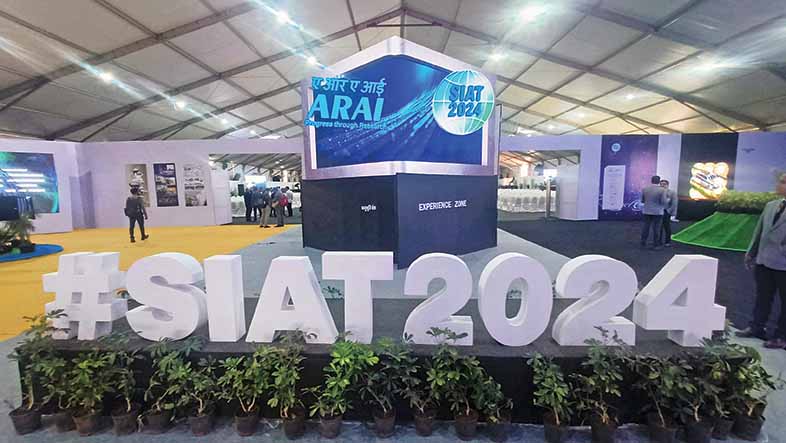


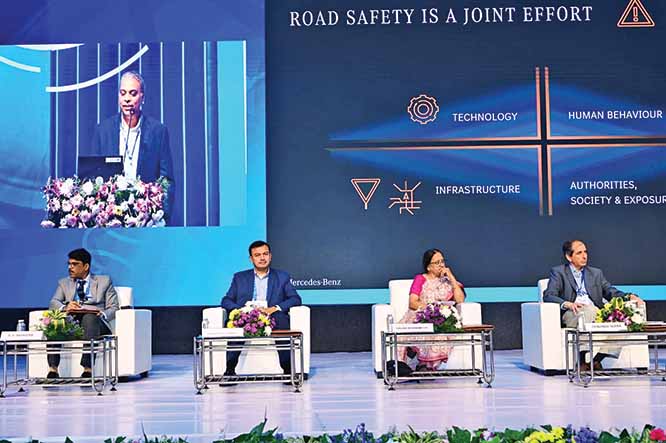
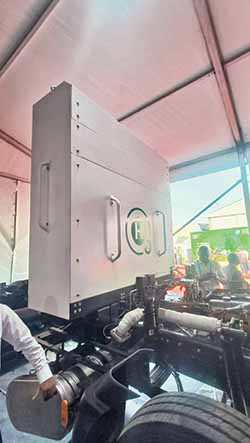

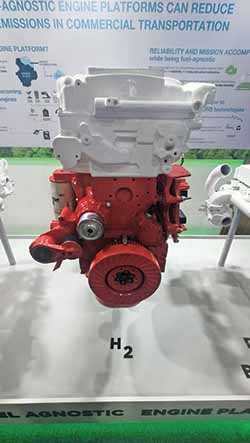

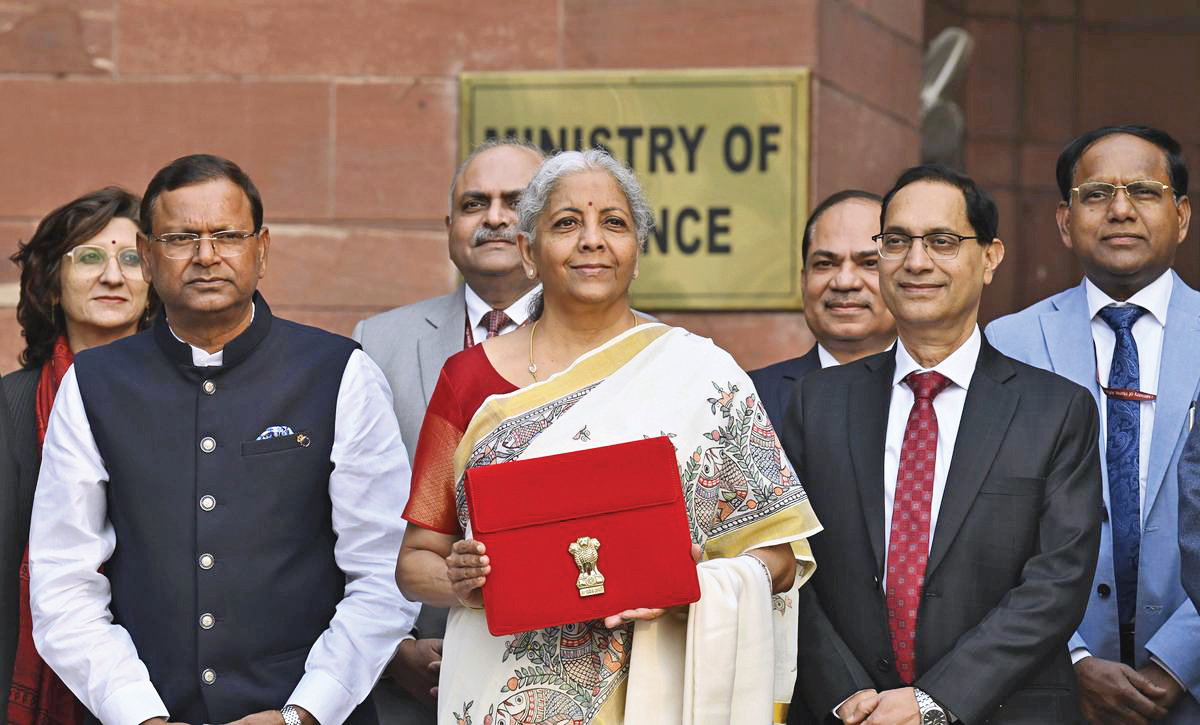
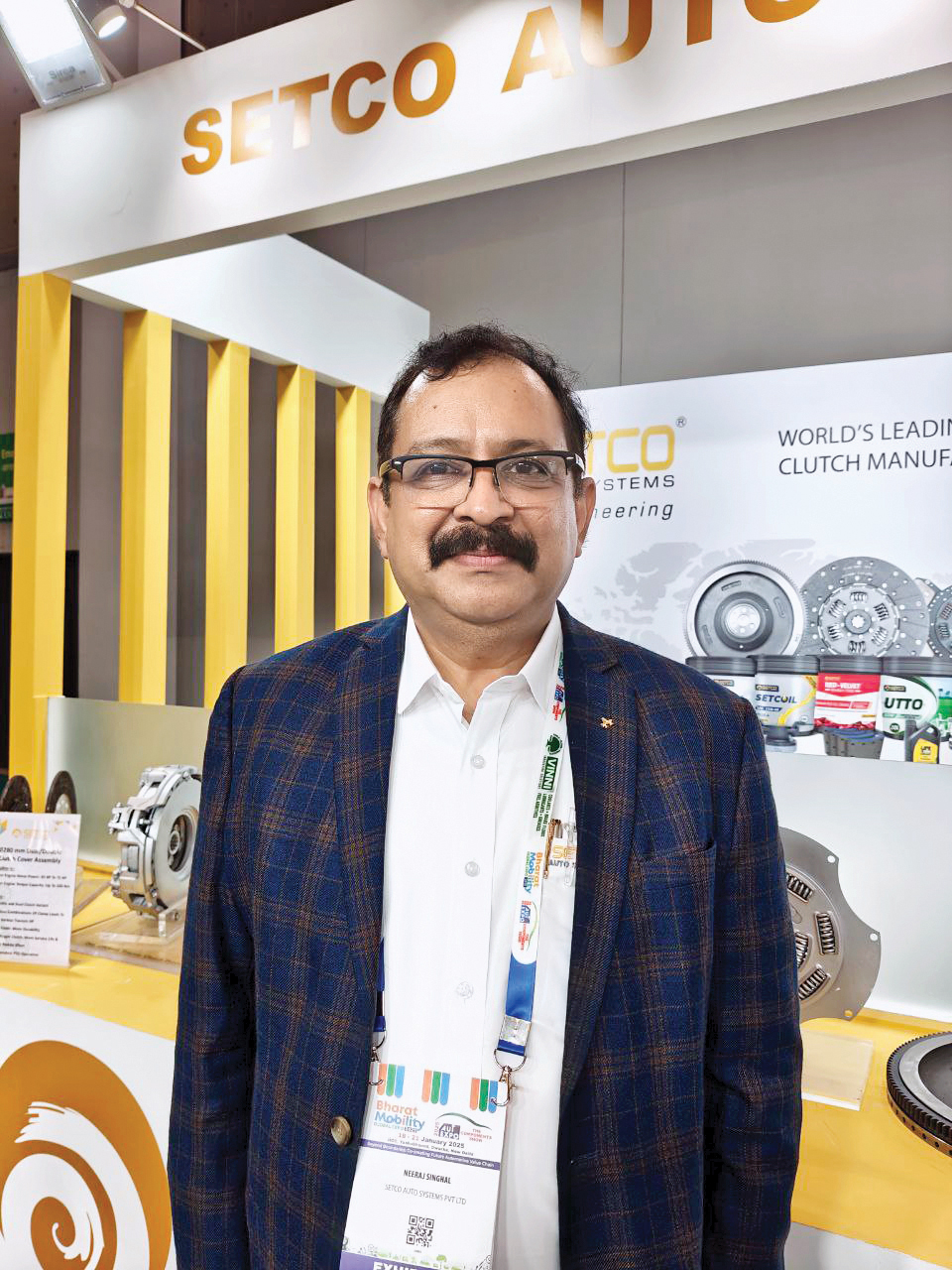
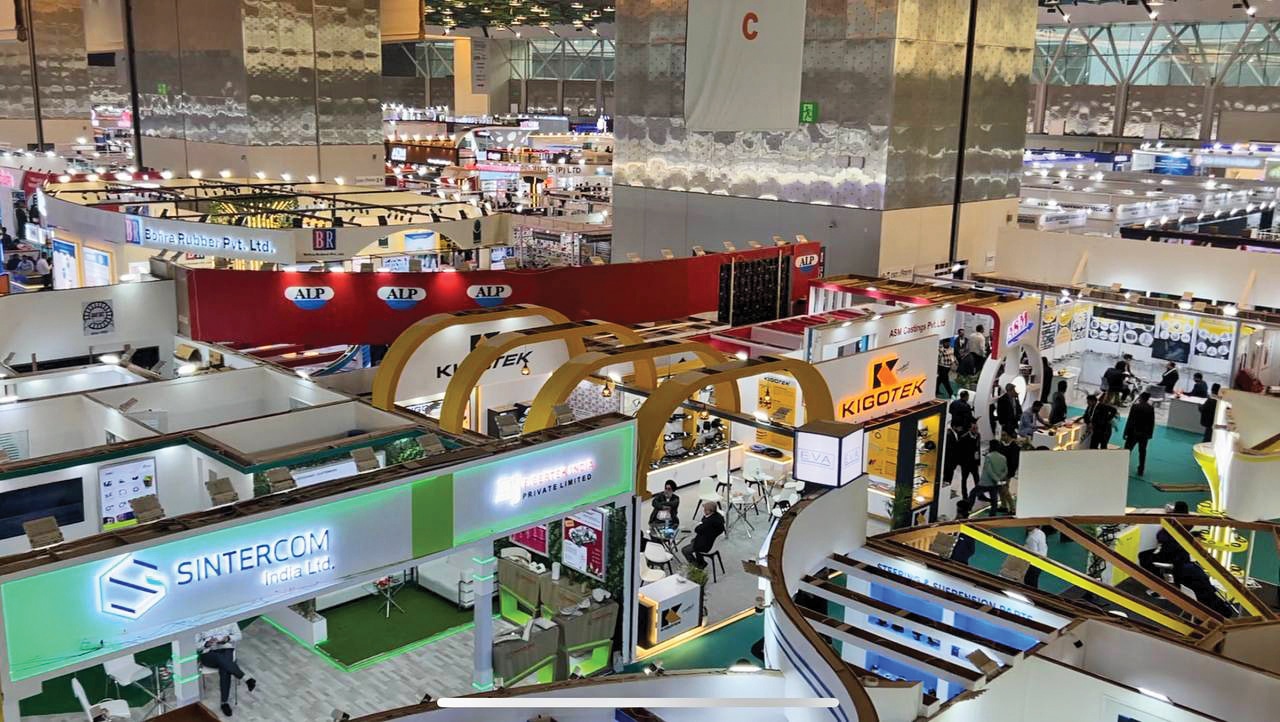

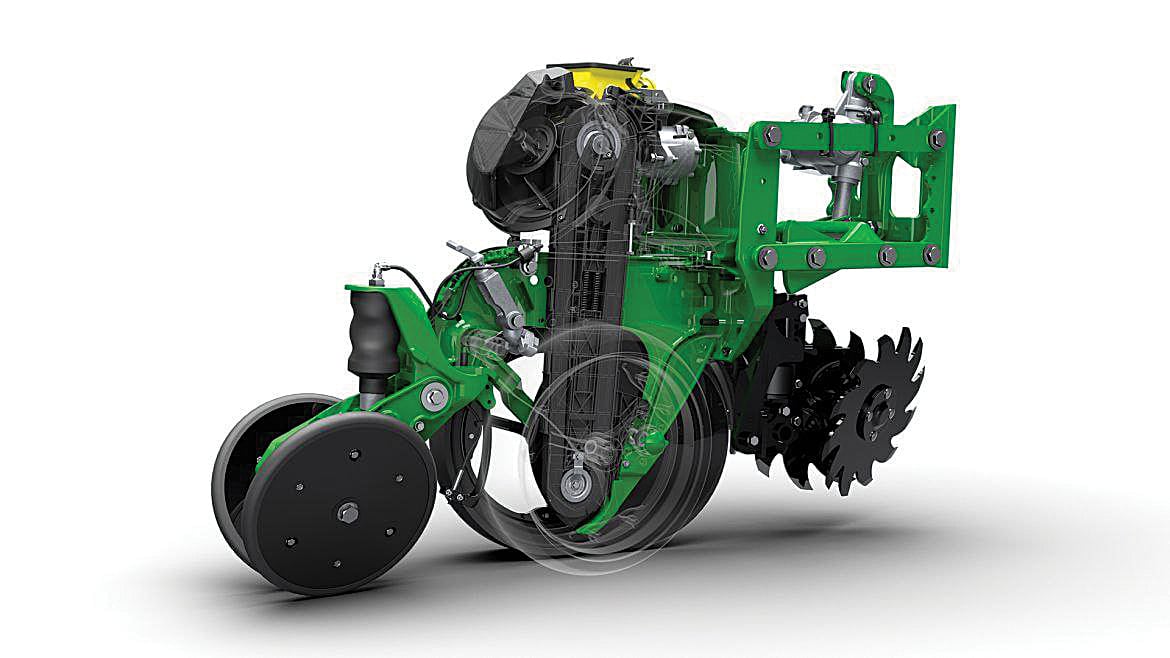

Leave a Reply